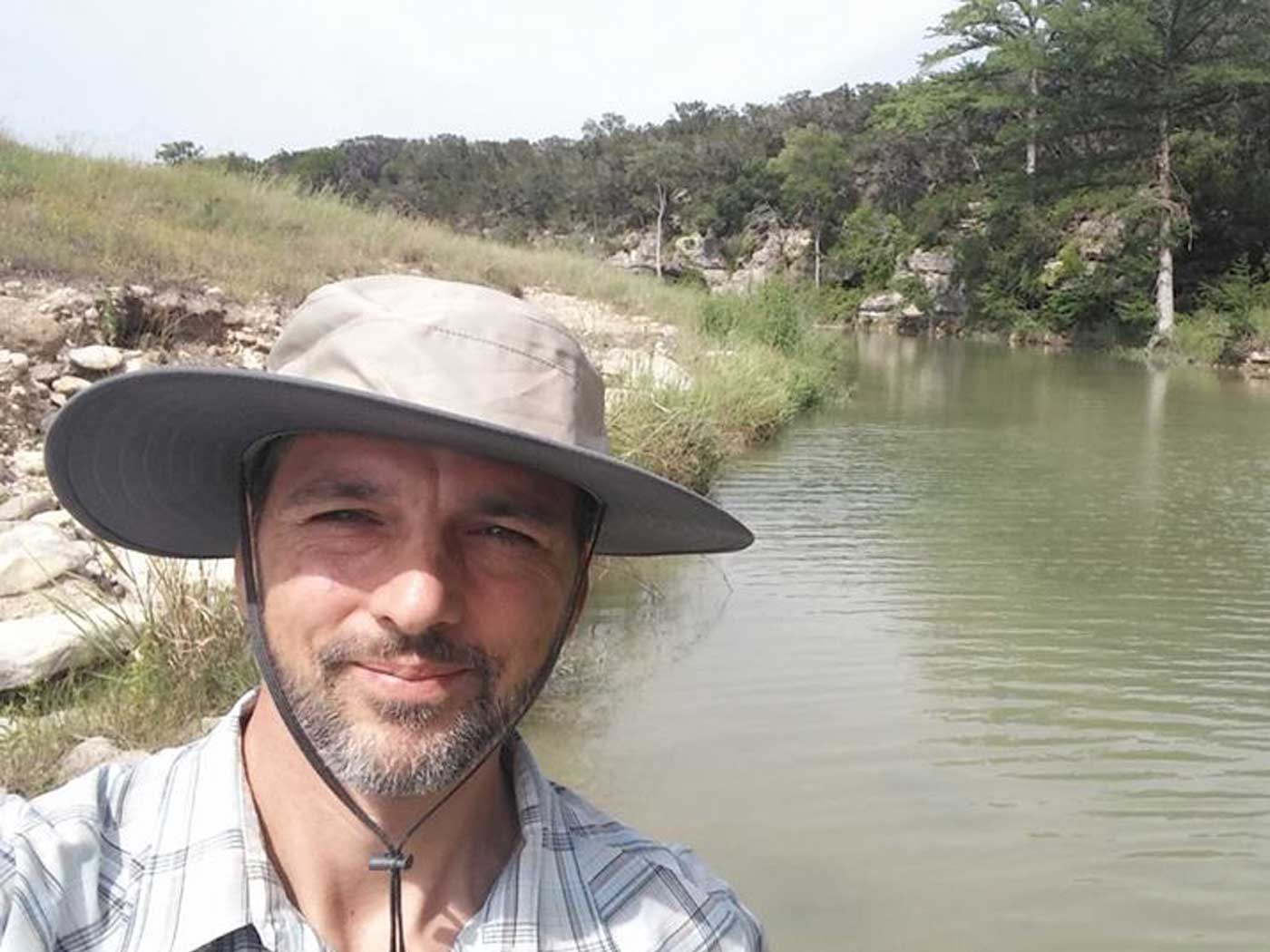Several important questions regarding concretions have long puzzled scientists. What conditions cause them to form? How long do they take to grow? Why do they stop growing? Why are they so distinct from the surrounding rock or sediments?1
Researchers discovered the speed of concretion formation to be very non-uniformitarian. ![]()
Interestingly, researchers discovered the speed of concretion formation to be very non-uniformitarian, “Calcite precipitation occurs several orders of magnitude more rapidly than previously recognized in concretions.”1 In Nature, Yoshida et al. stated,
Saying “four orders of magnitude [10,000 times] faster than previously estimated timescales” brings these assumed long evolutionary ages down to the biblical timescale!
Such discoveries in sedimentary geology continue to support the young-earth paradigm. ![]()
Such discoveries in sedimentary geology continue to support the young-earth paradigm.
References
1. Cracking open the formation of fossil concretions. ScienceDaily. Posted on ScienceDaily.com May 2, 2018, accessed May 21, 2018.
2. Yoshida, et al. 2018. Generalized conditions of spherical carbonate concretion formation around decaying organic matter in early diagenesis. Nature Scientific Reports. 8: (6308) DOI: s41598-018-24205-5.
3. “Mudstones can be deposited under more energetic conditions than widely assumed, requiring a reappraisal of many geologic records.” Macquaker, J. H. S., Bohacs, K. M. 2007. On the Accumulation of Mud. Science. 318 (5857): 1734-1735.















